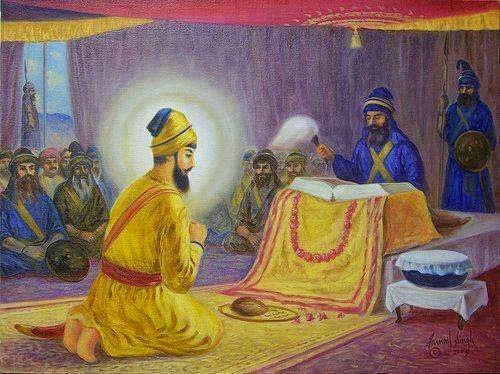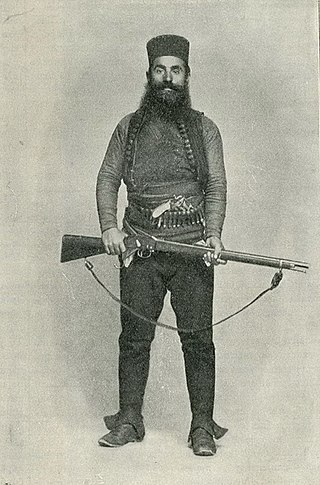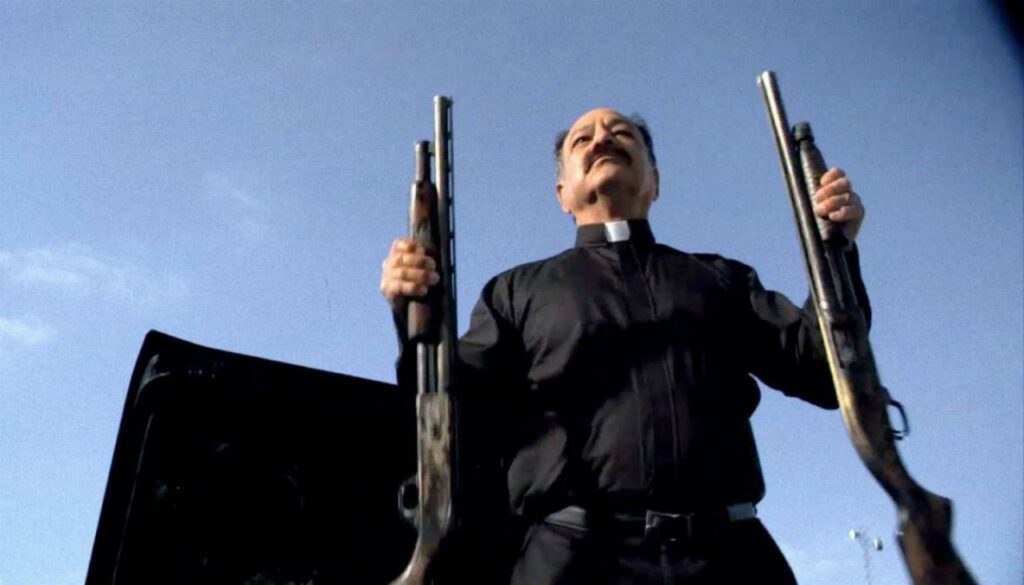Battle priests is a term mainly applied to Dungeons and Dragons classes and fantasy novels. However, there is a rich history of men of the cloth, holy men, monks, priests, and others who found their way into war.
Although we do have chaplains who deploy to war zones now, the modern chaplain is a noncombatant. They go to war zones unarmed and act as spiritual leaders for troops. This isn’t a modern tradition. Even in Medieval Europe, laws stated soldiers couldn’t be priests, and priests couldn’t be soldiers. Yet, even with the situation so firmly entrenched in martial history, sometimes a man of the cloth picks up the sword.
The Top 5 notable battle priests
I started this subject by just looking up battle priests for reasons totally unrelated to Warhammer. What happened next was me spending a couple of hours researching, reading, and taking notes. It turned out there was a rich history of battle priests. With that in mind, I gathered five men who crossed the line from holy man to soldier and who left a notable impression in doing so.
1) Odo of Bayeux

Imagine being the brother of William the Conqueror. You likely come from a family that goes hard. Odo of Bayeux was an ordained Christian cleric. He was a man of the cloth, but his legacy seemed to make it difficult to keep the cloth white. Odo was known as a cleric, as well as a man who raised money so the Normans could invade England, and you know, he also hung out with his brother.
Odo gained his fame as a battle priest in the Battle of Hastings. We don’t know a lot about his involvement there, but he did commission a tapestry. That tapestry hung at his Cathedral and showed him riding on horseback, wielding a club. Some theorize his priestly obligations kept him from wielding a sword. However, the tapestry suggests he didn’t fight but encouraged the troops. But if that’s true, why carry a club?
Odo would live quite the life and would die on his way to the first crusade, suggesting maybe he had seen some excitement in battle and wished to see it again.
Related: The longest land battle in US history was a huge mistake
2) Saitō Musashibō Benkei

Saitō Musashibō Benkei, commonly shortened to Benkei, lived one helluva life. This Japanese warrior monk lived from 1155 to 1189 and had such a storied career that he lives on in Japanese folklore. Early in his life, he was a monk and then a member of the Yamabushi, a religion of hermits. Then, he became a warrior and find his way into folklore.
The tales tell of a man who carried seven weapons on him and wished to take the swords of 1,000 Samurai. He felt the Samurai had become arrogant. After taking 999 swords, he faced a samurai and lost. He tried to ambush the man and lost once more. He would then follow the samurai and serve with him.
Calling him a battle priest might that accurate as “priest” isn’t a term used for Japanese religious people, but it fits. At six-foot, six inches tall he cut quite the figure and when you see him coming against you carrying seven weapons it’s wise to be specific when you address him.
Related: Nobuo Fujita: The only Japanese pilot to bomb mainland America during WWII
3) Guru Gobind Singh

Sikhs and Sikh culture are fascinating. Their religion embraces an entire clan of battle priests and warrior monks known as the Sant Sipaki (Saint Soldiers) who even created their own martial art. Guru Gobind Singh was the tenth and final human guru who was known as a leader, holy man, and warrior.
He was born Gobind Rai and changed his surname to Singh, which translates to lion, when he established the warrior community known as the Khalsa. The first six members of the Khalsa changed their name to Singh as well. The Khalsa, led by Guru Gobind Singh, would resist persecution from the Mughal authorities.
Conflicts between Muslims and Sikhs rose greatly during the leadership of Singh. Yet, while he was a warrior and fits our description of a battle priest, he also believed in the idea of Dharam Yudh, a war in defense of righteousness. He believed that war should be a last resort, but one should be prepared to die to stop tyranny.
4) José María Morelos

Priest José María Morelos was a Mexican Priest of the Roman Catholic church during the Mexican War of Independence. His former teacher and mentor Miguel Hidalgo y Costilla declared open war for Mexican independence in September and by October José María Morelos had joined the fray.
In short order, he proved to be a talented commander and strategist. In fact, he outperformed his mentor substantially in terms of tactics. Although he was excommunicated, this battle priest refused to slow down. He even saw the church as an oppressor of the people and called for the redistribution of large estates the church owned in Mexico.
He was a fierce commander racking up 22 victories in nine months and conducting campaign after campaign. In his three campaigns, he besieged cities, took states, and even broke a Spanish siege. Yet, he remained a man of mercy, and when his army of 10,000 approached a city held by 600 Spanish men, he allowed them to surrender and took the city without bloodshed. Sadly, his fourth campaign would be his last. He was captured and executed in 1815.
5) Vukajlo Božović

Have you ever seen a photo of a man and known he was not a man to be trifled with? Well, that’s what I think when I see Vukajlo Božović. This battle priest was a Serbian Orthodox priest by trade and revolutionary by need. He fought in the First Balkan War and resisted efforts by the Ottoman Empire to take his country.
Vukajlo Božović became a Chetnik. Chetniks were irregular forces, and a priest turned soldier certainly meets the definition of irregular. These Chetniks often acted as guerrillas; they were hard men with hard tasks, living in a hard place. Vukajlo Božović served as a commander of Chetniks and lead them through the war in which they’d eventually cast out the Ottomans.
While World War I often overshadows the First Balkan War, the latter it’s notable for the early implementation of machine guns and planes. In fact, the first pilot ever shot down in combat was in the First Balkan War as was the first submarine to attack via torpedos. I could only imagine Vukajlo Božović’s resolve and determination to drive back these hostile invaders even in the face of a rapidly modernizing war.
Holy men in unholy places
There’s a great scene during the end of MASH where Hawkeye tells the chaplain that war is war and hell is hell and why war is worse. It’s always stuck with me and I imagine it’s a realization the men in this article had themselves.
The history of armed holy men, warrior monks, and battle priests likely goes back further than we’ll ever know. With that in mind, let us know below if you think I missed some notable battle priests.




